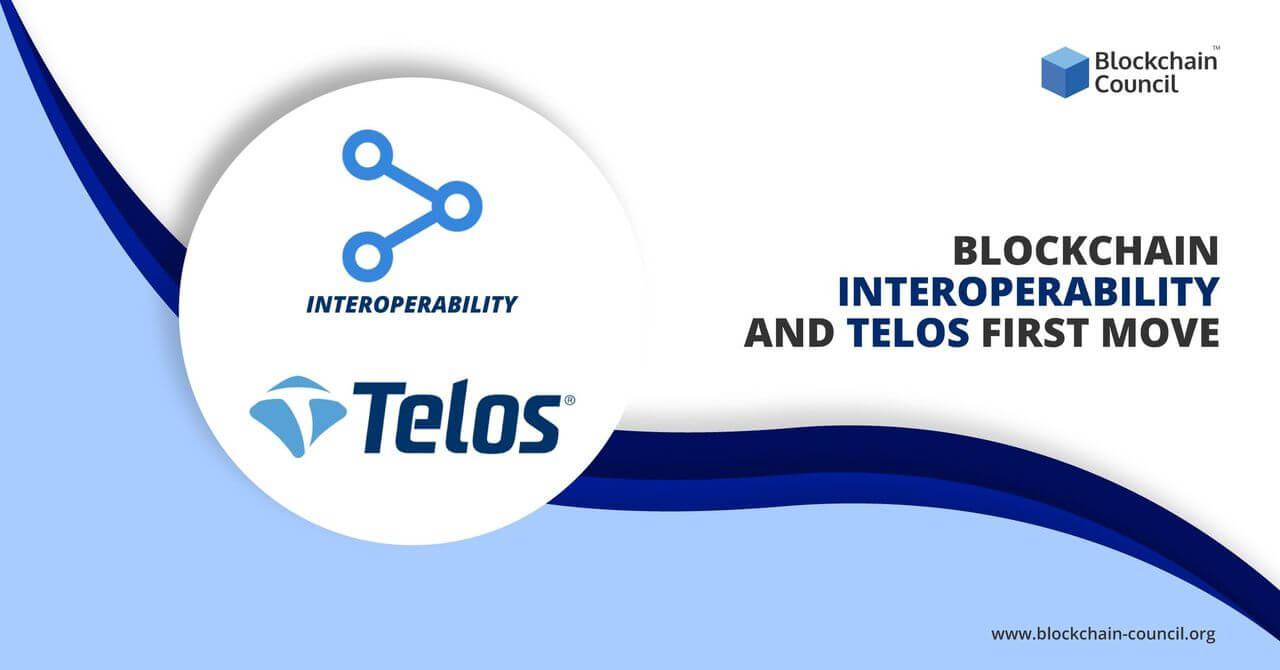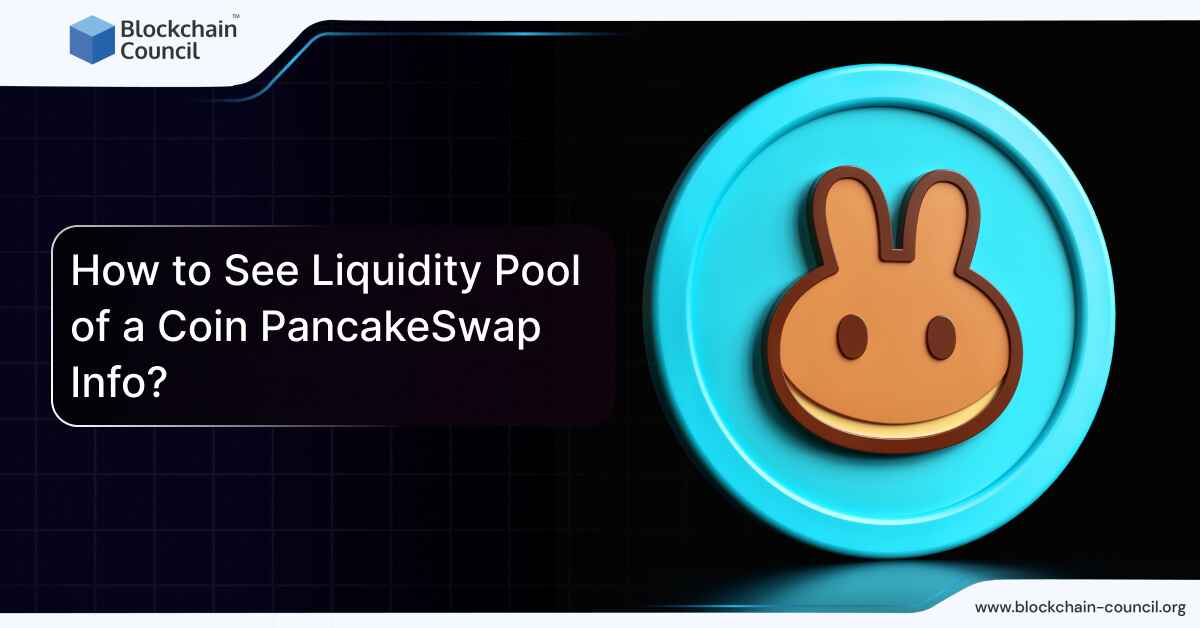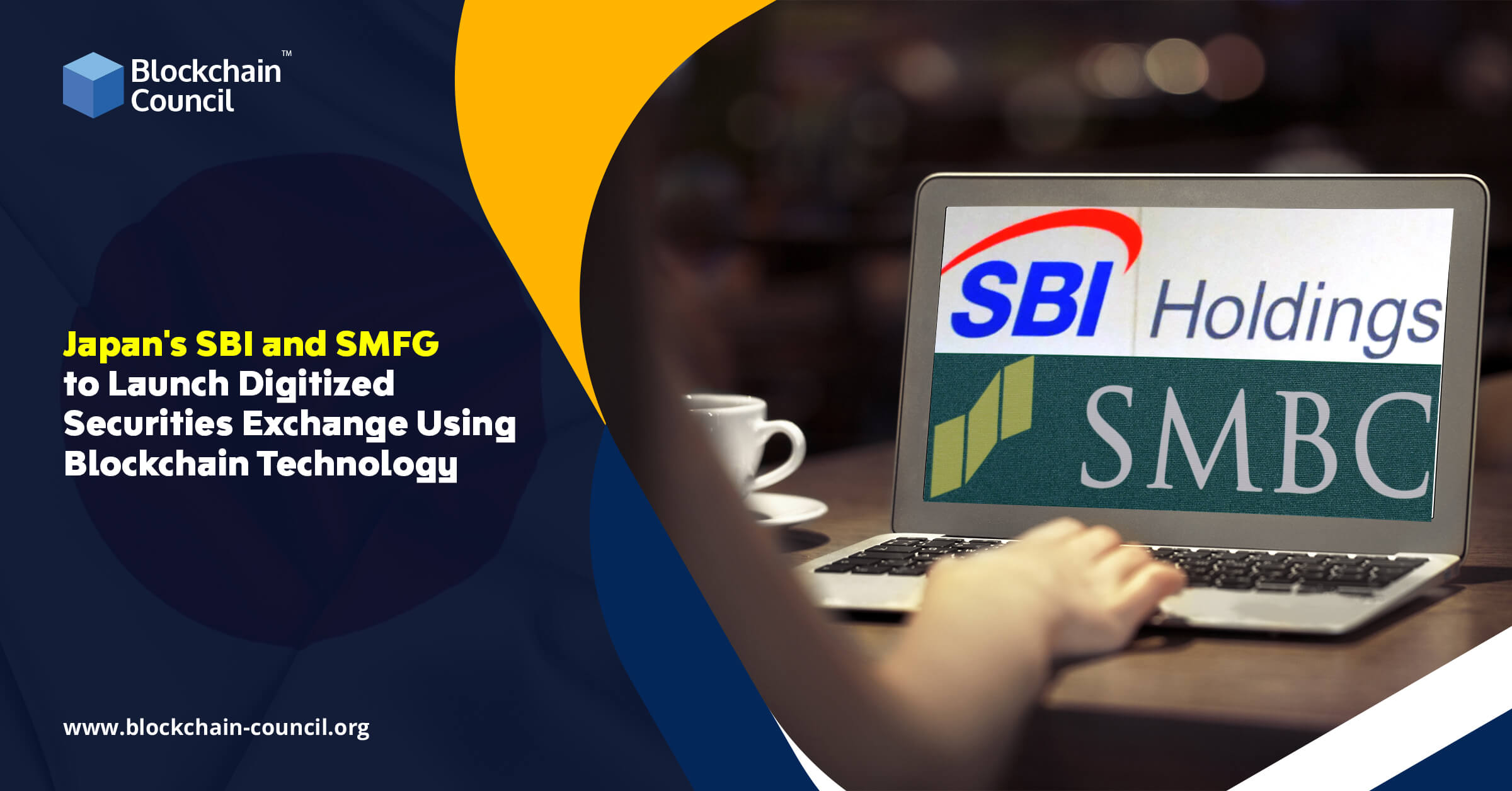
- Toshendra Kumar Sharma
- August 08, 2020
Wondering what roles blockchain interoperability plays and why it matters a lot? You have landed on the right page. This article explains why interoperability matters and how smart contract platforms, Telos is making its firsts step in this direction. Here we will also discuss some well-known interoperability projects.
Table of Contents
- What is Blockchain Interoperability
- Why Interoperability Matters?
- Telos to Make a Move
- Interesting Blockchain Interoperability Projects
- Concluding Lines
What is Blockchain Interoperability
Blockchain and its interoperability is one of the hot topics among researchers and blockchain developers as few believe that lack of interoperability is a major concern that is preventing blockchain mass adoption. Interoperability not only means the possibility that disparate blockchain systems can communicate with one another but its ability to share and access information across different blockchain networks without relying on a third party. Blockchain interoperability aims to empower blockchain developers to decide what’s right for their application (dApps) and not what is right for the platform they are locked in.
Undoubtedly, blockchain is considered as a decentralized distributed ledger technology, but it’s also true that blockchain networks are not inherently open and unable to communicate appropriately with each other.
Why Interoperability Matters?
It’s been eleven years since the blockchain was introduced. At present, it has reached mainstream users as enterprises, and government sectors are considering the benefits of utilizing technology across various domains. Interoperability really matters to gain mainstream appeal and for industries to evolve even further.
If you are wondering why interoperability matters, the answer is straightforward. No enterprise will ever want to perform its payments with a blockchain (even if scalable) if the overall infrastructure is not interoperable and secured. Blockchain interoperable supports:
- Integration with existing systems.
- Conduct transactions on other networks and chains.
- Transact between deployments on the same chain by integrating multiple apps
- Most importantly, make it simple for developers to switch one underlying platform for another.
Telos to Make a Move
Interoperability is crucial where enterprises and organizations depend on higher levels of collaborations and interactions. It facilitates consistent information sharing, along with smoother smart contracts execution with a user-friendly experience. At the developers’ end, it allows them to input data on one chain and creates effects on another.
According to the latest announcement, Telos, a smart contract platform, is set to enable developers to create and run Ethereum-compatible smart contracts without any transaction fees. Telos is a smart contract platform that supports the creation of dApps and DAOs running on EOSIO.
Suvi Rinkinen, CEO of the Telos Foundation stated that,
“With Telos EVM, people can finally build and deploy decentralized applications the way they were meant to be, with high speeds, no middlemen, and no limit on users.”
He also mentioned that to take benefit of Telos EVM, blockchain developers don’t have to use a new codebase, and they can use the Solidity programming language for deploying Telos EVM smart contracts.
It allows liability to Ethereum developers to choose whatever tools and languages they want to, and at the same time, they can create the same EVM bytecode they would deploy to an Ethereum-powered blockchain and drop it into an EOSIO blockchain uninterruptedly. Moreover, clients using Web 3.0 can also shift to a different set of API(Application Program Interface) providers as if it was another Ethereum blockchain.
Telos chief architect, Douglas Horn describes it as a more “ecologically defensible” and energy-efficient way to power blockchain networks.
In addition, in May 2020, Telos reported that the Transledger platform (that aims to make improvements to peer-to-peer applications like decentralized exchanges) would utilize its blockchain technology to empower its interoperability platform, enabling cryptocurrencies to transfer between blockchains.
Interesting Blockchain Interoperability Projects
In order to enable the industry to achieve its fullest potential, there are several interoperability projects that are coming up for bridging the gap between the various blockchains. Let’s discuss a few of them.
ChainLink
ChainLink is a version of oracle service that works as a bridge between blockchains and all the infrastructure that exists off-chain. This project aims to optimize and expand smart contracts’ functionalities while reducing the possibility of information inaccuracy. It offers an interoperability solution to facilitate secure communication between all diverse blockchain ecosystems.
Cosmos
It is a smart contract platform whose end goal is to create an ‘internet of blockchains,’ meaning a network of blockchains that can communicate with one another in a decentralized manner. Cosmos employs an inter-blockchain communication, generally known as IBC protocol for blockchain interoperability and works as a TCP/IP-like messaging protocol. For those who do not support IBC by design, for example, Bitcoin, Cosmos uses “peg zones” to connect them to the “Cosmos Hub.” It is also recognized as a “flagship” blockchain that binds all the zones and coordinates communications.
Apart from these two, Polkadot, Wanchain, Hybrix, among others, are the other well-known blockchain projects.
Concluding Lines
Presently, there are several projects that are working on blockchain interoperability solutions; still, many networks remain isolated. But definitely, more progress towards interoperability between blockchain protocols is expected in the coming years, and soon interoperability is expected to become an influential game-changer for the blockchain world.
To get instant updates about Blockchain Technology and to learn more about online blockchain certifications and become a blockchain expert, check out Blockchain Council.





































































 Guides
Guides News
News Blockchain
Blockchain Cryptocurrency
& Digital Assets
Cryptocurrency
& Digital Assets Web3
Web3 Metaverse & NFTs
Metaverse & NFTs
